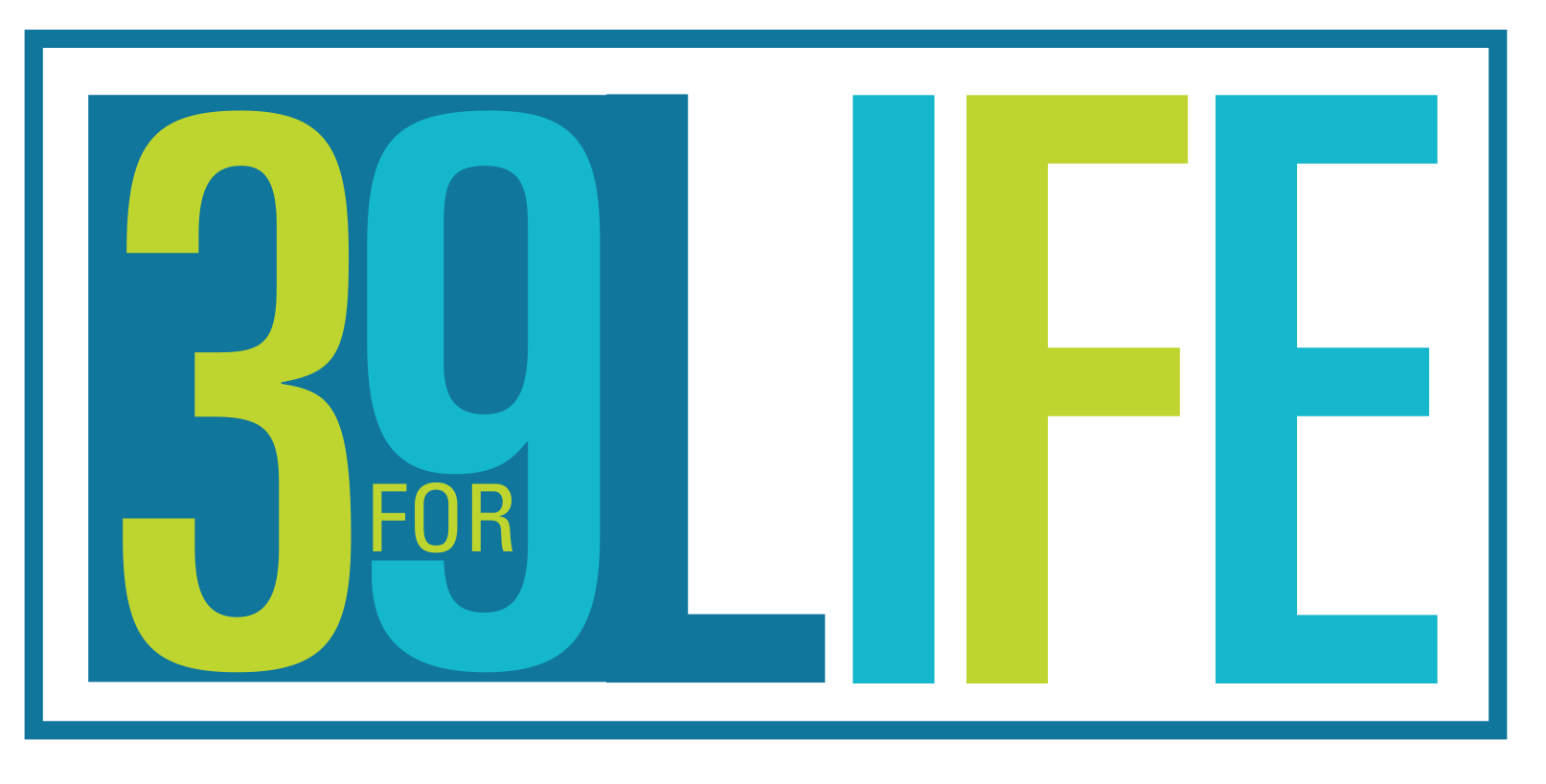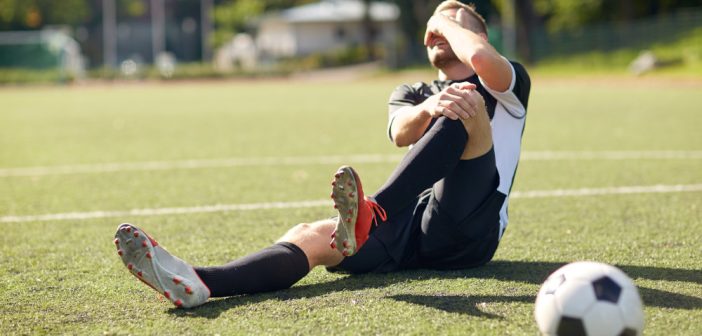Sustaining an injury can be a physically and emotionally challenging experience. Injured individuals often have to deal with decreased range of motion, pain, and a large medical bill. More unfortunate still, a large proportion of athletes—from adolescents to professionals—will experience a sports-related injury at some point.
However, a sports-related injury does not have to be the end of your athletic career. With the right approach, individuals can effectively recover from injury and regain their optimal health. Following an injury, athletes must seek immediate medical attention, follow a structured rehabilitation plan, effectively manage pain, incorporate proper nutrition for healing, maintain mental well-being, and gradually return to physical activity.
By implementing these strategies, individuals can enhance their recovery journey and regain their strength, mobility, and overall well-being.
Seek Immediate Medical Attention
When you have sustained a serious sports injury, the last thing many people want to do is see a doctor. However, prompt medical evaluation is crucial to assess the extent of the injury, identify any potential complications and establish an appropriate treatment plan.
Consulting with a healthcare professional—such as a doctor or physical therapist—will ensure accurate diagnosis, prompt intervention, and guidance throughout the recovery process. Remember not to underestimate the severity of an injury and to seek professional help promptly.
Follow a Structured Rehabilitation Plan
To facilitate a successful recovery, follow a structured rehabilitation plan tailored to your specific injury and individual needs. Working closely with a qualified physical therapist or rehabilitation specialist, you can design a customized program that includes targeted exercises to restore range of motion, strength, and flexibility, as well as techniques to address any imbalances or weaknesses. Consistency and adherence to the prescribed exercises and therapy sessions are essential for optimal recovery.
Manage Pain Effectively
Constant pain can be a particularly frustrating and inhibiting byproduct of sports injuries, making daily life more difficult. Therefore, pain management is an integral part of the recovery process.
Depending on the nature and severity of the injury, healthcare professionals may recommend various pain management techniques. These may include over-the-counter or prescription medications, physical modalities—such as heat/cold therapy, meditation, and yoga—or alternative approaches like acupuncture or massage therapy. As you undergo these techniques, maintain open communication with your healthcare providers about pain levels and follow the prescribed pain management strategies throughout the recovery period.
Incorporate Proper Nutrition for Healing
You are what you eat, so it is essential to eat nutritious foods in the correct quantities when recovering from injury. Proper nutrition plays a significant role in the recovery process by supporting tissue repair, reducing inflammation, and promoting overall healing.
Throughout your recovery, and even after, consume a balanced diet that includes essential nutrients. Adequate protein intake will empower tissue repair, while vitamins (such as vitamins C and D), minerals (such as calcium and zinc), and antioxidants will support the healing process. Be sure to incorporate a variety of lean proteins, whole grains, fruits, vegetables, and healthy fats. Consulting with a registered dietitian can provide personalized guidance on nutrition during the recovery phase.
Maintain Mental Well-Being
A sports-related injury does not only affect your physical well-being—it can also impact your mental health. The recovery process can take a toll on mental health, leading to increased stress, frustration, or even depression.
Prioritizing mental well-being is essential during this time. Engaging in relaxation techniques such as deep-breathing exercises, mindfulness, or meditation can help manage stress and anxiety. Staying connected with supportive friends and family, seeking counseling or therapy if needed, and maintaining a positive mindset are also beneficial for emotional well-being. Mental fortitude and a positive outlook can contribute to a smoother recovery.
Gradually Return to Physical Activity
Some adhere to the philosophy that “rest is rust, and motion is lotion.” Research on injury recovery supports this view, with important caveats: Once an injury has sufficiently healed (and with the approval of a healthcare professional), the injured individual should gradually reintroduce physical activity.
Starting with low-impact exercises or activities that are within the capabilities of the recovering body part is recommended. From there, you can progressively increase the intensity and duration while closely monitoring for any signs of discomfort or regression. Following a progressive approach and listening to the body’s signals will help you avoid re-injury and ensure a safe return to physical activity.
Recovering from an injury requires patience, dedication, and a comprehensive approach. By seeking immediate medical attention, following a structured rehabilitation plan, effectively managing pain, incorporating proper nutrition, prioritizing mental well-being, and gradually returning to physical activity, individuals can enhance their recovery process and regain their pre-injury functionality. Remember, each recovery journey is unique, and consulting with healthcare professionals throughout the process is essential. With the right strategies, support, and perseverance, individuals can successfully navigate their recovery journey and restore their physical and emotional well-being.
A version of this article was published by The Daily Herald. It has been republished here with permission.




